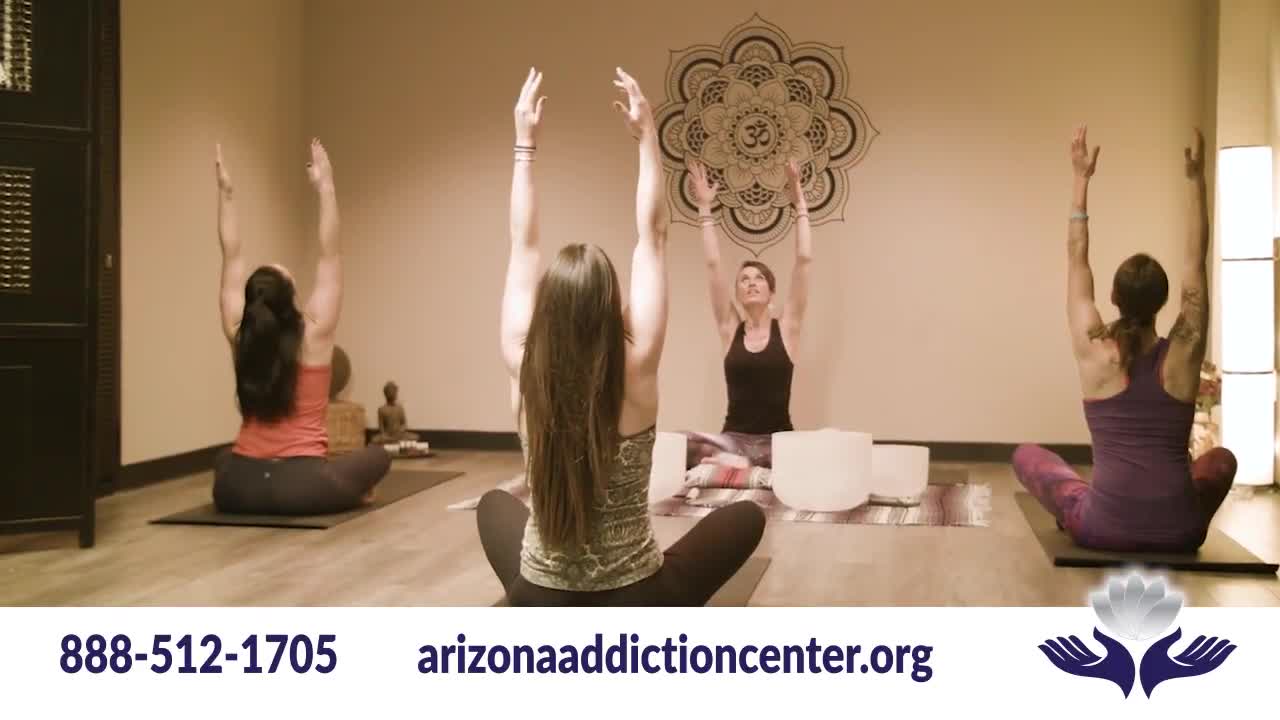Is Kratom Dangerous?

You may have learned about kratom (Mitragyna speciosa), a herbal medicine commonly used to relieve pain and soreness in southeast Asia. From a kind of evergreen is a tree-like Southeast Asian plant belonging to the same plant family as coffee and gardenias. For several hundred years, Kratom has served as a herbal remedy for a number of illnesses in Thailand and the neighboring countries. The stimulant and opium-like side effects are dose-dependent.
What is Kratom?
Kratom is easily bought on the market. It can sometimes be marketed as a green paste, in the containers labeled “not for human consumption.” It sometimes called by the following names, Biak, Ketum, Kakuam, Ithang, and Thom.
Mitragynine and 7-hydroxy mitragynine are believed to lead to pain control through the use of proteins known as opioid receptors and to decrease pain perception. A liquid substance can be made with kratom extract. The liquid type is often used for muscle pain management or for reducing appetites and avoiding cramps and diarrhea.
Kratom is also marketed as a stress medication. Many people prefer kratom to prevent heroin withdrawal symptoms and because kratom can be obtained cheaper than prescription drugs. Usually, people chew kratom leaves or brew dry or dried leaves like tea, some people like a smoking individual or consume them together with their meals.
Is Kratom dangerous?
While some people are using kratom as an alternative to prescription pain killers, including opioids, few trials have studied the impact of the body. It has not been approved by the US Food and Drug Administration (FDA).
Kratom may lead to adverse reactions, especially at high doses. These are convulsions, tremors, hallucinations, and other inflammatory reactions. Medical patients and those taking medication may be more likely to experience adverse kratom reactions. Note that the dose or purely of kratom supplements can not be controlled by the FDA or restricted.
Studies have found over 20 biologically active chemicals in this medication, including several in the human brain that binds opioid receptors and potentially leads to physical attachments and addiction.
Eventually, certain kratom-contained chemicals interfere with medicinal enzymes in the liver and may cause severe interactions with other medicines or drugs. In users who have taken it in mixture with other medicines, overdose-some of them fatal-has been reported.
Effects of Kratom in the body
Kratom may trigger both opioids and stimulants to have similar effects. In kratom leaves, mitragynine and 7-α-hydroxy mitragynine, two compounds interact in the brain with the opioid receptors to produce sedation and fun and reduce pain, particularly when users eat large quantities of the plant. Mitragynine also associates with other brain receptor structures for calming results. If small amounts of kratom are taken, users report increased energy, sociability and alertness rather than sedation. Nevertheless, kratom can also induce often harmful and unpleasant side effects.
The health effects of use have been revealed:
- Nausea and Vomiting
- Itching
- Sweating and Dry mouth
- Constipation
- Loss of appetite
- Seizures and Hallucination
- Symptoms of psychosis
Kratom Overdose
Several death claims have been reported in those who have ingested kratom, but most other substances are involved. The FDA studies indicate that many kratom-related deaths have tended to be attributed to adulterated medications or other active pharmaceutical items, including illicit drugs, antidepressants, benzodiazepines, marijuana, gabapentin and over-the-counter drugs, such as cough syrup.
Several records of kratom bundled with other death-inducing compounds have been described as dietetic products or nutritional ingredients. The efficacy of combining kratom with other medications should be tested with health care providers.
Is It Addictive?
Kratom, like other opioid-like medicines, can cause reliance, meaning that the user feels symptoms of physical withdrawal after stopping the medication. Some users reported that they are addicted to kratom. The symptoms of withdrawal are:
- Muscle pain
- Insomnia
- Irritability and aggressiveness
- Mood swings
Many people who regularly used it told them that, after they quit using it, they had discomfort, sleeping problems, diarrhea, and fever. Others said that when they didn’t take kratom they felt nervous, stressed, angry and sad.
Why do people use kratom?
Kratom has no protection or advantages; however, in Asia it has been used for decades to relieve cough, nausea, opiate retract and chronic pain and to improve vitality and sexual impulses. The DEA claims Kratom has no protection or value.
In the US, people who treat their own chronic pain, sudden medication overdose, and are looking for alternatives to prescription drugs have recently increased their use of kratom. Given the influential population and much anecdotal evidence of effectiveness, kratom therapies have not been rigorously tested as secure or efficient.
A patient who decides to use kratom to prevent pain or to reduce symptoms of withdrawal will pose many issues not all linked to kratom’s intrinsic properties alone. Furthermore, the DEA threatens to turn it into a controlled substance, under Schedule 1, of the same categories as heroin or ecstasy which makes the supply, in general, more dangerous and difficult to access. It is potentially dangerous for the total lack of monitoring or quality control in the production and sale of it.
The use of kratom for one of the uses that its proponents claim has not been well studied, although as it says, the lack of proof of benefits is no evidence of lack of advantage. One last problem is that kratom does not appear on drug screens and it can be argued that the broader adjustment in the middle of an opioid epidemic is the last thing that we need of another possibly addictive opiate substance.
Treatment Addiction
Therapy for drug abuse and overdose generally followed three phases: clinical health, medical treatment, and rehabilitation. The physical stabilization often includes the safe clearance of the drug by detox. To achieve this, medicines and medical supervision are available in a medical detox facility.
Therapy and guidance are part of the clinical process and can be given in a residential or outpatient setting. Residential treatment means that a person remains in the professional counseling facility in a secure and safe place to improve and recover continuously. Activities contain workshops, classes, educational facilities, lunch and sleep hours, as well as natural or alternative therapies such as meditation or massage, which are planned for days.
Outpatient services are usually divided into two major categories. Intensive outpatient care is generally similar to a rehabilitation facility. Specific outpatient programs can be more versatile and tailored to the specific needs of an individual on a timetable.
In general, whatever treatment you obtain you should always remember that with perseverance everything is attainable. Even if you think the world is turning its back to you that you have to strive to be better for you and the people whom you wish to spend your whole life with.




